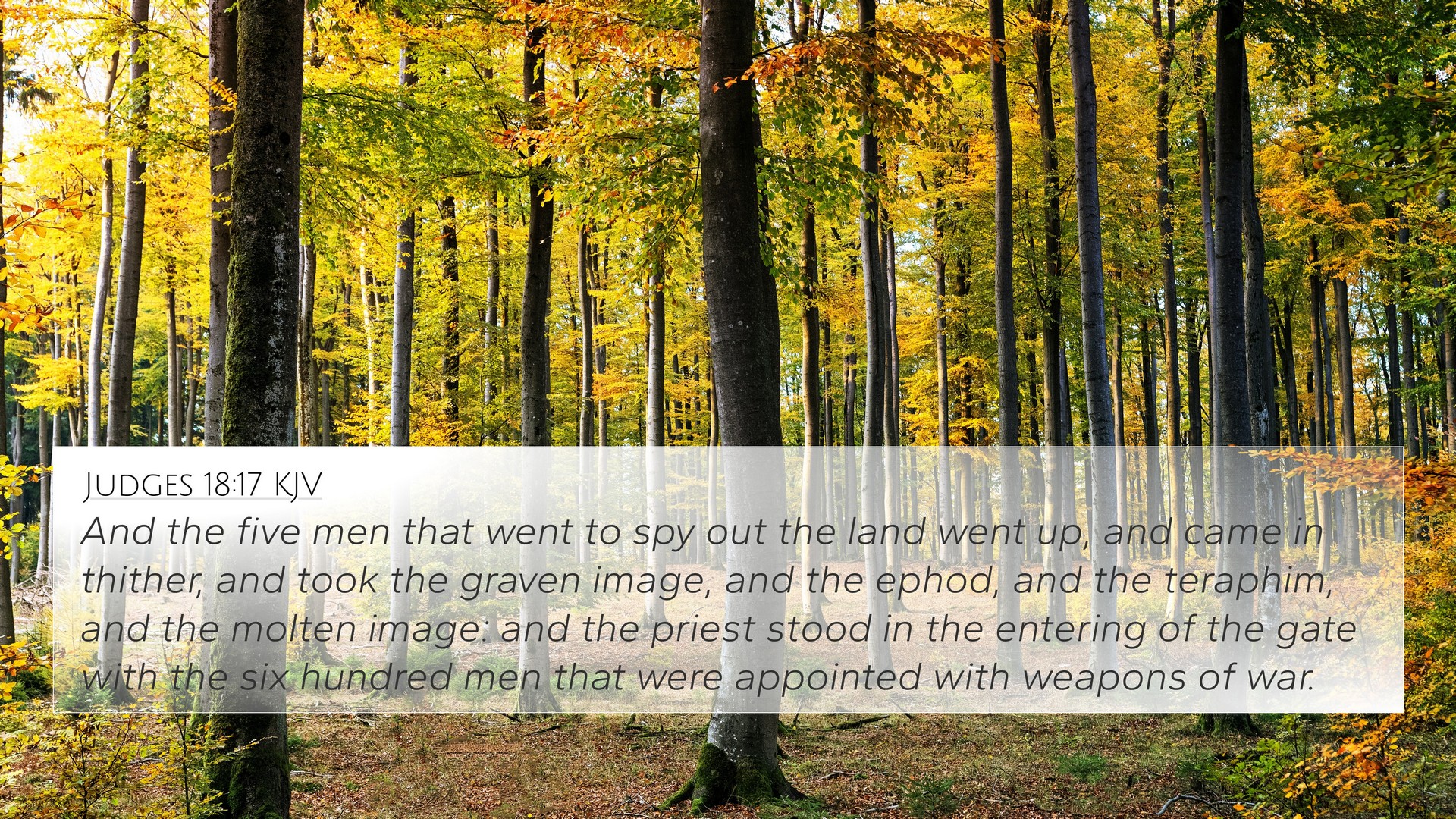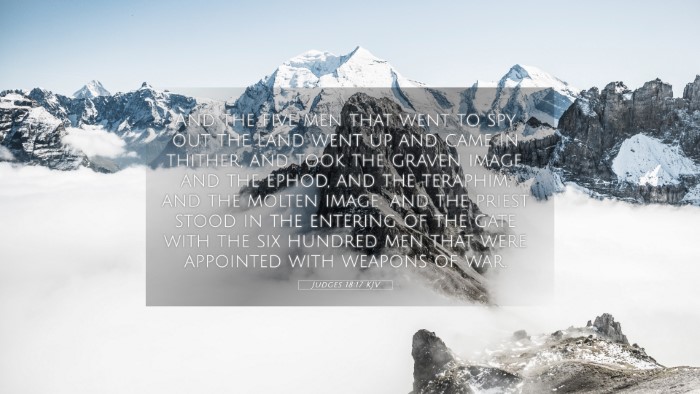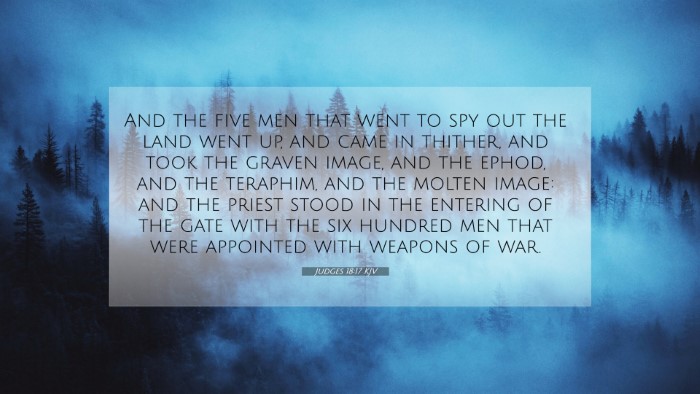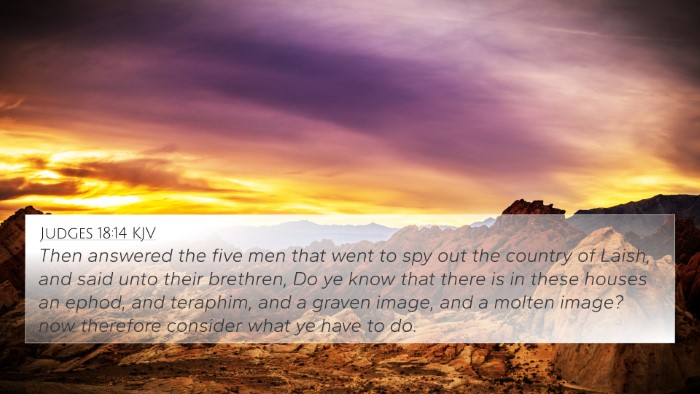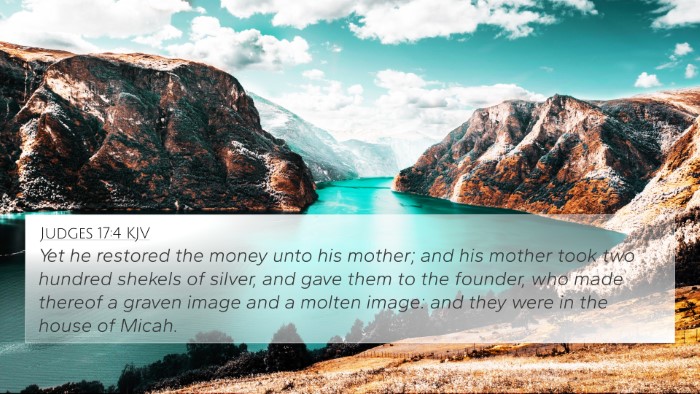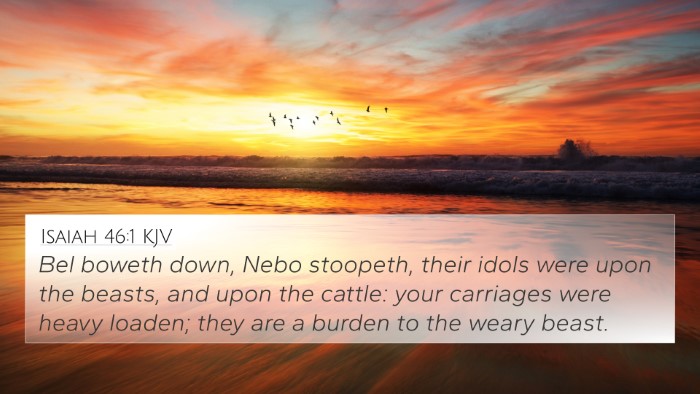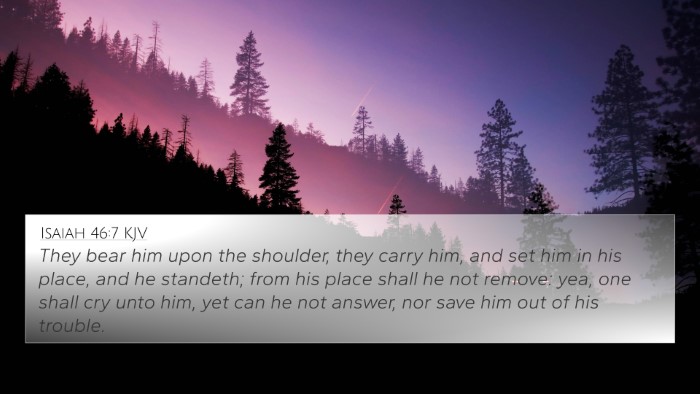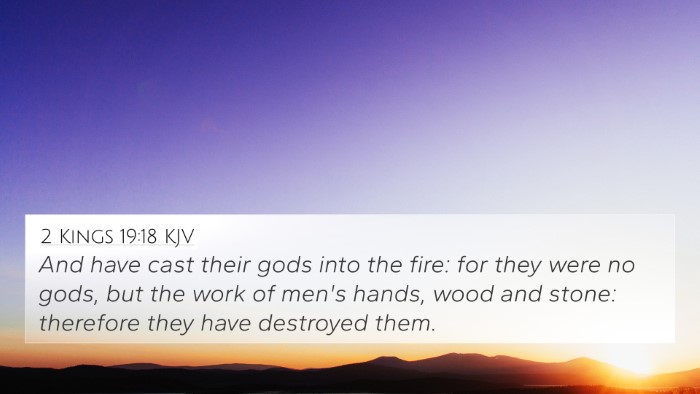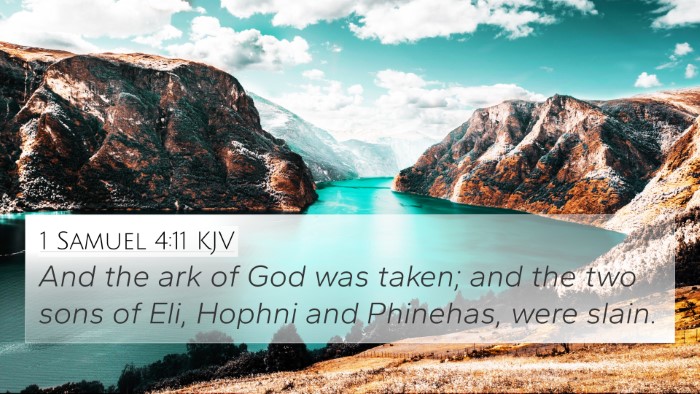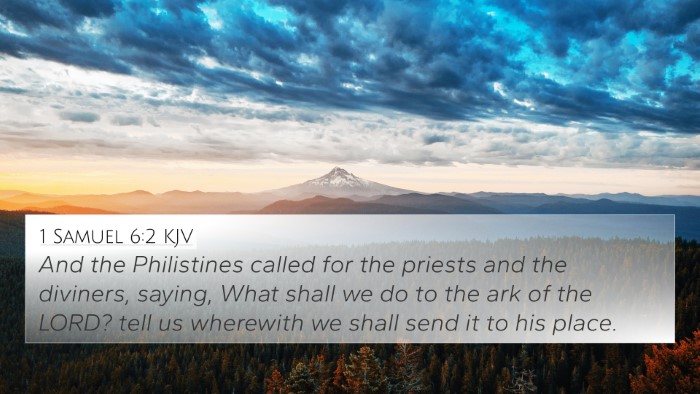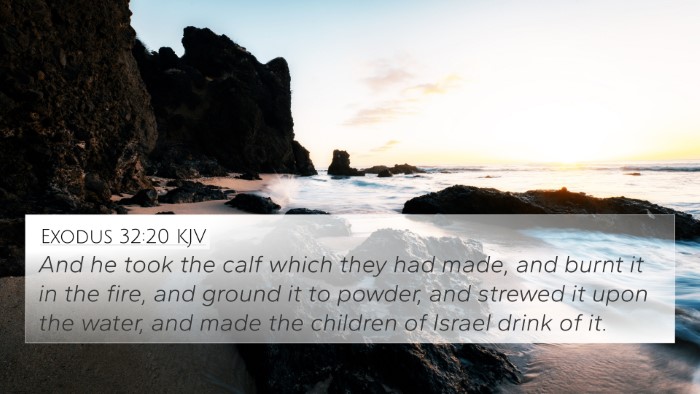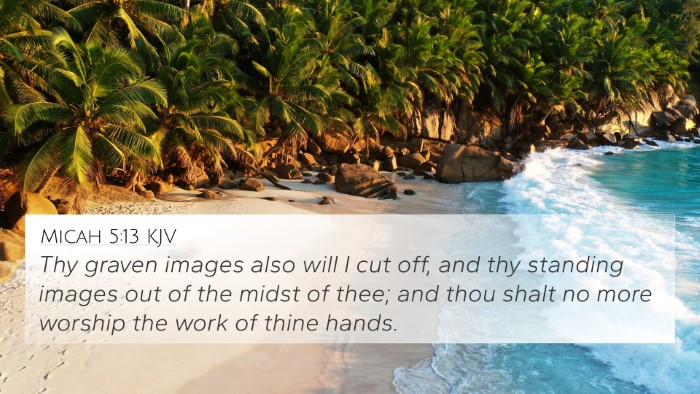Understanding Judges 18:17
Judges 18:17 states: "And the five men that went to spy out the land went up, and came in thither, and took the graven image, and the ephod, and the teraphim, and the molten image: and the priest stood in the entering of the gate with the six hundred men that were appointed with weapons of war."
This verse is significant as it presents a moment of anarchy and self-interest within the Israelite tribes, reflecting on themes of idolatry and the pursuit of personal gain over divine instruction. Below, we explore its meaning through insights from public domain commentaries.
Summary of Interpretations
Various biblical commentaries provide insights into this verse, highlighting the consequences of straying from God's commands and the nature of human desire.
Matthew Henry's Commentary
Matthew Henry emphasizes the audacity and folly of the people involved. He notes that these men showed little regard for the divine laws governing Israel and acted based on personal desire. This act of theft demonstrates the Israelites’ degeneracy, as they sought idolatrous images that would draw them away from true worship.
Albert Barnes' Notes
Albert Barnes discusses the significance of the items taken: the graven images, the ephod, and the teraphim. He illustrates that these items represent a departure from true worship and connect with ancient customs of idolatry. Barnes highlights the involvement of the priest, emphasizing that even the religious leaders are complicit in this grievous act, thereby leading the people further into sin.
Adam Clarke's Commentary
Adam Clarke points out the dangers of corruption in leadership, noting that the priest was neglecting his spiritual duties. He explains that the acquisition of these objects was indicative of the larger moral decline among the tribes of Israel. Clarke also suggests that the desperation for security during chaotic times led them to idolatry, spurring conflict with God’s commandments.
Thematic Connections and Cross-References
This verse can be linked thematically to several other scriptures that address idolatry, leadership, and faithfulness to God.
- Exodus 20:4-5 - Highlights God's command against graven images.
- 1 Samuel 15:23 - Discusses the rebellion being as the sin of witchcraft.
- Jeremiah 10:14 - Describes the foolishness of idolatry.
- Isaiah 44:9-20 - Explores the futility of idol-making.
- Hosea 4:6 - Warns about the people being destroyed for a lack of knowledge.
- Romans 1:23 - Discusses the exchange of God’s glory for images.
- Hebrews 11:6 - Illustrates the necessity of faith in pleasing God.
Insights on Inter-Biblical Connections
When we analyze Judges 18:17, we find many parallels and connections between it and other scriptures. By exploring these connections, we can gain a deeper understanding of the recurring themes throughout the Bible concerning human behavior, idolatry, and leadership accountability.
Tools for Bible Cross-Referencing
For those interested in conducting a deeper study, various tools available for cross-referencing include:
- Bible Concordance - A reference tool to locate specific verses.
- Bible Cross-Reference Guide - A resource that links related scriptures.
- Bible Cross-Reference System - An organized method for connecting verses.
- Bible Chain References - A technique for following themes across scriptures.
Conclusion
Judges 18:17 serves as an important reminder of the risks associated with straying from God’s path. The commentary insights reflect the serious implications of idolatry and moral decay, both in individual lives and communal faith. Understanding this verse within the broader biblical narrative helps to emphasize the continuous call to faithfulness, making wise use of the tools available for cross-referencing to enhance our understanding.
As we explore these connections and insights, we are encouraged to delve into the scriptures with a heart seeking truth and an understanding that links together the teachings of both the Old and New Testaments.
